Redesigning and optimizing your website is both a terrifying and incredibly necessary process. Unfortunately, many businesses don’t quite think their redesigns through, and the fallout can be devastating for their existing customer base. That said, websites do have to evolve to keep up with the market, and it’s also a great way to significantly improve your sales. Find out how often you should redesign your website and the right way to do it with this BESTWEB guide.
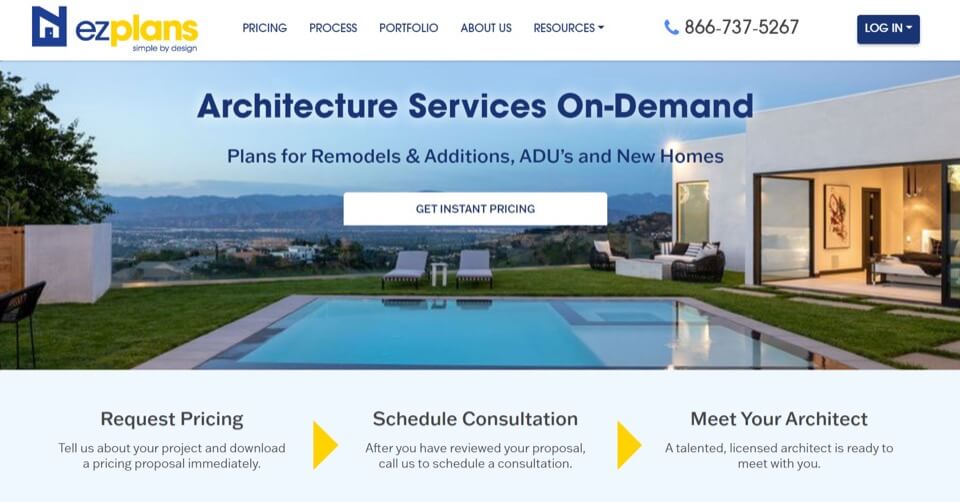
Why Do Changes Upset Legacy Users?
‘Legacy users’ refers to a website’s existing customers. They’re used to how a website functions and have formed a considerable amount of muscle memory through using it. This is the group of users that websites try to retain through the redesign process. Legacy users rarely react positively to website redesigns, even if the changes are minor. YouTube, for example, has consistently been criticized by its users and creators for their sudden and confusing updates.
Why is it that some websites can push updates without losing customers and others can’t? HBR’s ‘9x Effect’ points to the answer. A study found that users overvalue the benefits of the product they’re currently using by 3, while developers also overvalue the benefits of their planned updates by a factor of 3. What does all that math mean? Breaking this down offers some insight into how often one should redesign their website.
- Entrenched Habits: Habit is one of the primary reasons for friction during the website redesign process. Customers grow accustomed to the look and functions of your website over time, and muscle memory is quick to form afterward. Sudden changes demand a break in that habit and retraining of muscle memory. To put it simply, customers tend to value familiarity above all else, even irrationally. This is how users “overvalue” the products they’re used to.
- Communication: Website redesigns, if not communicated well, can shock your existing customers and create a demand for a return to familiarity. For example, a lack of communication between creators and the platform has been a key factor behind YouTube’s backlash.
- Productivity: Certain websites are important parts of a customer’s productivity, and that gets disrupted through an ill-considered redesign process. What do you think would happen if Google were to suddenly hide its search bar for a day? Sudden UX changes don’t just disrupt user productivity, they also impact your credibility. Lost customers are difficult to bring back.
So when a web developer has a great idea for an update, they may value improvement more than clear communication and user experience, leading to that “overvalue” of a redesign—it’s easy to focus on the benefits and overlook the potential harm.
Website Optimization: The Right Way
A poorly designed website can ruin your conversion rate. If the page is hard to navigate or difficult to read, most people won’t give the site a second chance. Some might find this daunting, but it represents a key opportunity for your business to do it right and use your next redesign as a tool for long-term growth. Here’s how:
Understanding Your Customers
How often should you redesign your website? When you need to! Simply put, many website changes fail because they’re unnecessary from the customer’s point of view. Understand your customer journey and what they value most about your website before beginning the redesign process.
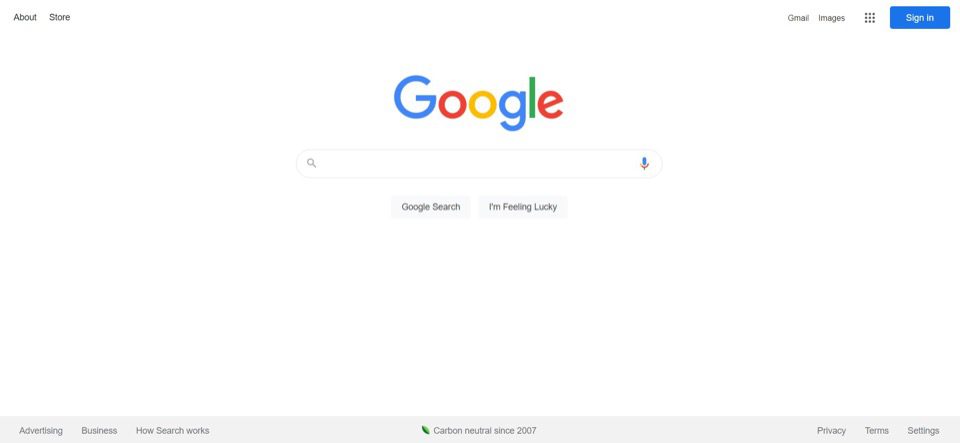
If it ain’t broke…
Google’s homepage is an excellent example of a website design that has not changed in years. User familiarity with this simple interface is vital to the company’s success.
This doesn’t mean you should only redesign your website when your customers want it. The heart of the problem lies with the design philosophy of ‘change for the sake of change.’ Aim to improve the overall user experience rather than targeting only the visual elements of your website for the appearance of an optimization. Nail down what makes your user experience valuable for customers, and you’ll know what to keep intact.
Evidence-Based Changes
The website redesign process should ideally be data-driven. User feedback is valuable here, but it doesn’t always tell the full story. User suggestions can often be impractical and even unpopular if implemented, and how often you redesign your website should be determined by analytics.
For example, a business could use Google Analytics’ goal tracking features to zero in on pages with unusually low dwell times and optimize them rather than risk alienating its entire customer base through trial-and-error. Remember to keep SEO in mind as you implement these changes. Your goal is to avoid unsettling existing customers, but you’ll also want to attract new ones with your revamped design.
Running Tests
Website testing can be expensive and time-consuming, but it’s nearly always worth it. An effective website redesign process that aims to make meaningful UX changes needs to draw deeply from a pool of first-party user data. The two testing techniques businesses typically use before implementing a redesign are focus groups and user testing.
- Focus Groups: However often you redesign your website, you should almost always opt for a focus group. This technique involves assembling a demographically diverse set of people for an in-depth discussion about proposed changes for feedback. Focus groups, if implemented properly, can be a fountain of data for businesses to draw from.
Focus group testing can help you mine information about features that users would like to see from your website in the future. Alternatively, it could also be used to inform the process by showing off the planned website redesign and understanding why users would react a certain way to a change.
This technique is best used early on in the design process once the team has a tentative plan in place for the update. If it’s within your business’s budget, contracting a focus group research company can provide a strong level of quality control. Research professionals can help you craft the right questions and summarize the results. You may also consider a focus group of employees who normally work in different departments at your company and thus are “outsiders” to web design. - User Testing: This type of testing is worth using no matter how often you redesign your website as it should fill in the gaps left by focus groups. User testing, also known as usability testing, is an observational technique. Instead of asking a group for their opinions on the website redesign process, users are actively monitored as they go through a pre-planned workflow.
It’s easier to spot what works and what doesn’t with a higher degree of objectivity here. For example, if multiple participants are struggling to get through a certain new feature of your update during testing, it could be a strong indication that something needs to be tweaked.
It’s worth mentioning that this technique also involves communication between the business and participants. Once usage metrics have been collected, the participant will be interviewed about their experience with the update.
Iterate
Along with asking how often they should redesign their websites, businesses also have to figure out how they’re going to roll those updates out. When in doubt, iterate. Spacing the website redesign process over a moderate span of time is a fantastic way of getting ahead of potential backlash.
The desire to dump all your planned changes at once is understandable. Your team’s been working on these updates for a while, and they might change the website for the better. Yet this enthusiasm can quickly backfire and upset your existing base of customers.
Updating your website in multiple iterations gives your users time to get accustomed to each new change and learn how to use those exciting new features you’ve been working on. You could even keep them in the loop with short blogs that accompany each update!
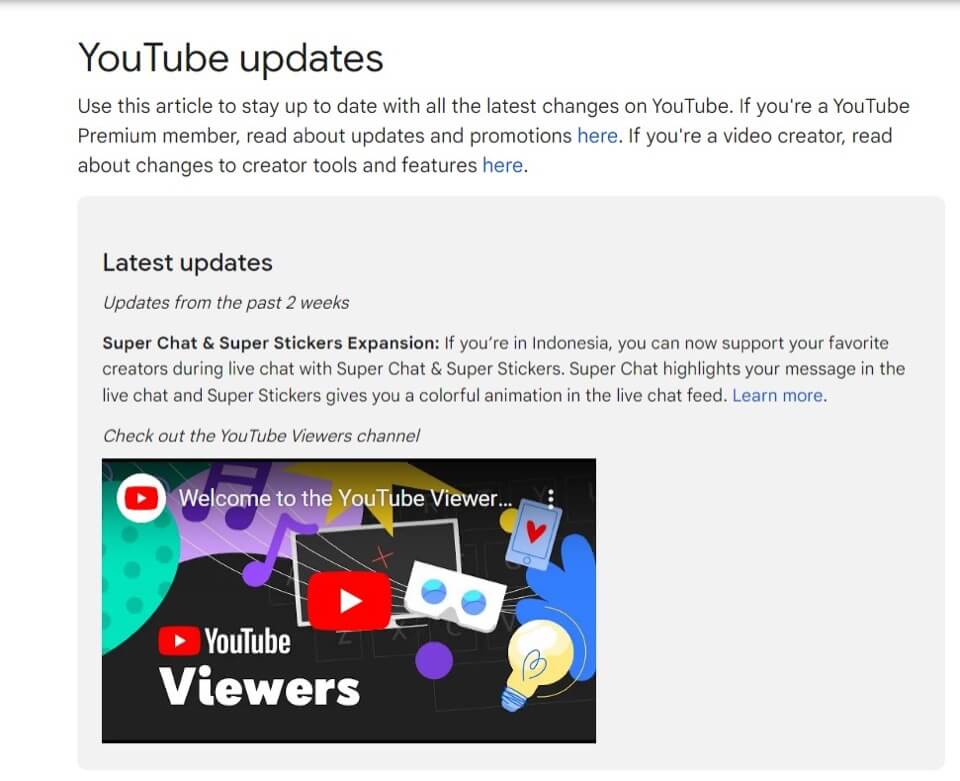
Working in iterations fosters transparency and builds trust between you and your customers. The best website redesigners understand that the key to the process is reducing mental effort for the customers.
Mistakes To Avoid
Businesses tend to get caught up in wondering how often they should redesign their website and make these easy mistakes:
- Getting Cold Feet: Your users, as valuable as they are, are not UX experts. If it’s your first time pushing a website redesign, it’s only natural to receive a certain amount of criticism and backlash. What you shouldn’t do is get cold feet from that initial wave of reactions.
The customer is almost always king. Trust your data and vision to guide you through the website redesign process. Give your users time to get used to the updates and you might just see a gradual decrease in complaints. - Sticking To The Old: For some, the question ‘How often should I redesign my website?’ has no answer at all. Whether it’s a fear of backlash or the potential costs involved, a few businesses might take the easy way out and decide to not redesign at all.
Ignoring the opportunity costs of not redesigning your website can prove to be a devastating mistake. User demands are constantly evolving, and customers are quick to switch to an alternative when unsatisfied. For example, Myspace’s inability to keep up with market trends has frequently been cited as one of the key reasons for its quick downfall.
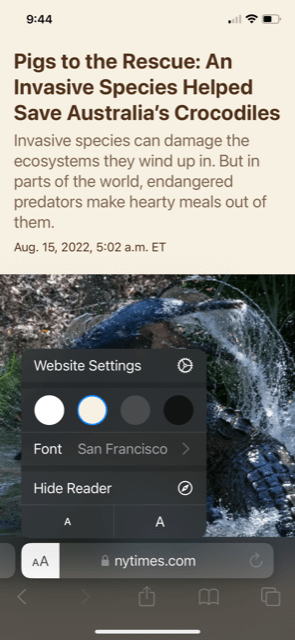
As a business, you should consider the website redesign process as an opportunity to boost user retention and acquisition. This could include anything from popular features such as dark mode and reading view to more out-of-the-box solutions like a customized search bar.
- Ignoring Feedback: There’s a thin line between ignoring a vocal minority of users and turning away genuine feedback. Treating your legacy users’ feedback with respect can tell you more about how often you should redesign your website, as well as what you shouldn’t do next time.
Feedback can be quantified for easier processing. Your team should aim to answer the following questions during the website redesign process:- How often is a given aspect of the redesign receiving complaints?
- How do these unpopular features affect the overall customer journey?
- Would your website be worse off without that feature?
60% of shoppers feel that website usability played a role in their purchase. Website optimization is a stepping stone towards a better store that empowers both you and your customers.
The SEO Angle
Even the most thought-out redesign won’t be of much use if your customers can’t find it. Now that you know how often you should redesign your website, here’s how you can interlink SEO principles with effective user design.
Keywords
Keywords aren’t just tools for moving up those search engine rankings. Website redesign experts can integrate keywords into the process in a way that improves the user experience. Choosing the right keywords and using them cleverly will improve the overall quality of the traffic your new website receives, potentially boosting conversions as well.
Linking
Backlinks are tough to acquire, but what you do have control over are internal links. These links don’t just help search engines index and understand the structure of your website, they also help customers navigate and discover new products. The idea is to be consistent with your link styling and creative with your calls to action.
Improved Visuals
Outdated visuals are often the first indication that you should redesign your website. People tend to miss the visual aspect of SEO, but it can pay dividends if implemented well. Use original, appealing videos and images for your website, and be consistent with your choice of font and color scheme during the redesign process. Anything that doesn’t blend in will stick out like a sore thumb and be a cause for complaint.
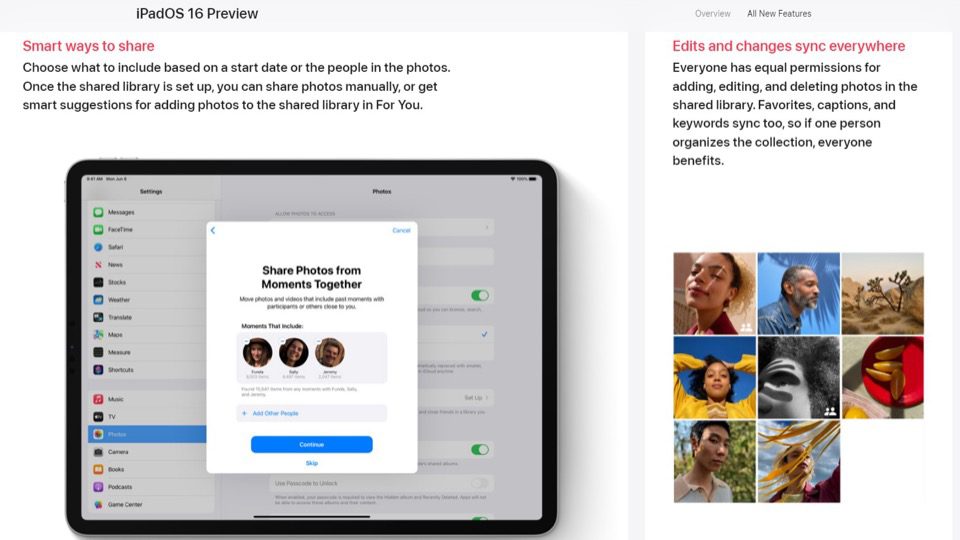
What connects these visuals to SEO is alt-text. Writing optimized alt-text for your new images will help search engines understand what’s on the page and point potential visitors to your new website.
Load Speeds
You’ve given your website a brand-new look, but can it run better? Optimizing load times is one of the best things you can do for your business, both from an SEO perspective as well as for UX. A great way to improve load speeds is by optimizing and compressing larger images on your website.
Designs That Inspire
Redesigning a website is an ambitious undertaking, but the process comes with a unique set of opportunities to grow your business with a renewed perspective. How often you should redesign your website is just one of the many questions you’ll have to answer along the way. Make sure you’ve got a plan in hand for a smooth transition.
BESTWEB believes in empowering entrepreneurs with powerful design strategies that inspire. Follow our blog for more guides and give your business the edge it deserves.

